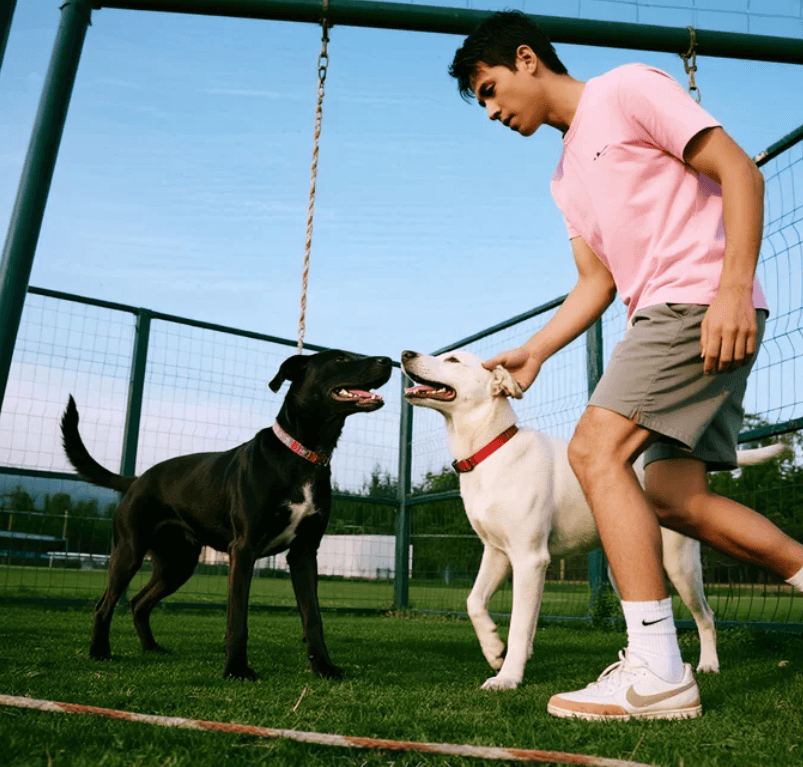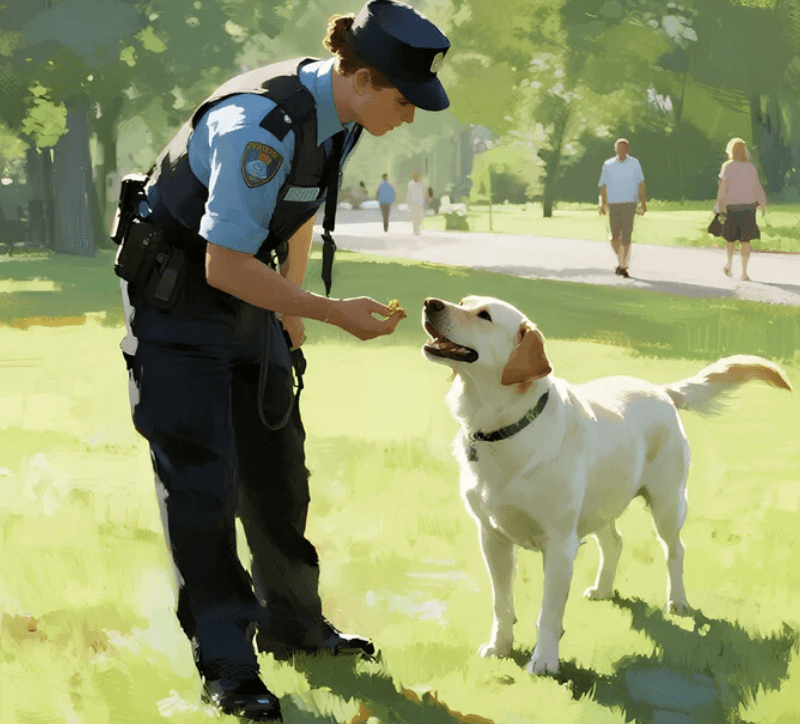How to Crate Train an Adult Dog: Step-by-Step Guide for Stress-Free Training

Why Crate Training an Adult Dog Matters
Crate training is not just for puppies — it's equally important for adult dogs. Whether you've adopted an older dog or you're introducing structure to a longtime pet, crate training can help with housebreaking, reduce anxiety, and create a safe, personal space for your dog.
In this guide, we'll walk you through how to crate train an adult dog step by step, and offer expert tips for a smooth and stress-free experience.
Benefits of Crate Training an Adult Dog
Crate training offers numerous benefits for both the dog and the owner:
- Provides a safe space: Dogs are den animals. A crate becomes a cozy, secure retreat for your adult dog.
- Aids in housebreaking: Crate training reinforces good bathroom habits by leveraging a dog's instinct not to soil their sleeping area.
- Reduces destructive behavior: When left unsupervised, an untrained dog might chew furniture or get into trouble. A crate prevents this.
- Prepares for travel or vet visits: A crate-trained dog is calmer during trips and emergency situations.
Step 1: Choose the Right Crate for Your Adult Dog
The first step in crate training an adult dog is selecting the proper crate size and type. Here’s what to consider:
- Size: The crate should be large enough for your dog to stand, turn around, and lie down comfortably, but not so large that they can relieve themselves in one corner.
- Material: Wire crates are breathable and foldable, while plastic crates are cozy and more private. Soft-sided crates are only suitable for calm, trained dogs.
- Location: Place the crate in a quiet but not isolated area, such as the living room or your bedroom, where your dog feels part of the family.
Step 2: Introduce the Crate Gradually
Never force your adult dog into a crate. Allow them to explore it at their own pace.
Tips for positive crate introduction:
- Keep the crate door open and place a soft blanket or towel inside.
- Encourage your dog to enter using treats or toys.
- Feed your dog near the crate or even inside to build a positive association.
- Use praise and a calm tone when your dog interacts with the crate voluntarily.
Repeat this step several times a day for short periods until your dog feels comfortable entering and resting inside the crate.
Step 3: Begin Short-Crating Sessions
Once your dog is comfortable entering the crate, begin with short sessions:
- Ask your dog to enter the crate and close the door for 5–10 minutes while you're still in the room.
- Gradually increase the duration while staying nearby.
- Eventually, leave the room for short periods to help your dog adjust to being alone.
If your dog whines or barks, wait until they’re quiet before letting them out to avoid reinforcing negative behavior.
Step 4: Extend Crate Time and Use It During the Night
Now that your dog is accustomed to short sessions, you can begin crating them for longer periods:
- Start using the crate when you leave home for errands.
- Crate your dog during the night — place the crate near your bed so they feel secure.
- Stick to a schedule for potty breaks to build a routine and avoid accidents.
Remember, adult dogs can generally hold their bladder longer than puppies, but don’t overdo it. Most adult dogs can stay in a crate for 4-6 hours during the day and 6-8 hours at night.
Common Mistakes to Avoid When Crate Training
Crate training can backfire if mishandled. Here are common pitfalls:
- Using the crate for punishment: Never use the crate to punish your dog. This creates fear and resentment.
- Leaving the dog in the crate too long: Over-crating can lead to depression, anxiety, and physical discomfort.
- Inconsistency: Inconsistent training confuses the dog. Stick to routines and schedules.
- Ignoring warning signs: If your dog is panicking, shaking, or excessively drooling in the crate, reassess the training pace and method.
Tips for Crate Training Rescue or Shelter Dogs
Rescue dogs may have trauma or fear associated with confinement. Here’s how to approach crate training with extra care:
- Be patient and progress slowly.
- Use extra soft bedding and comforting toys.
- Consider pheromone diffusers to reduce anxiety.
- Seek advice from a professional dog trainer or behaviorist if needed.
Crate training a rescue dog may take longer, but it’s entirely possible with the right approach and lots of love.
How Long Does It Take to Crate Train an Adult Dog?
Every dog is different, and training duration varies based on age, past experiences, and personality. On average:
- Easy-going dogs: May adapt within a week or two.
- Rescue or anxious dogs: May need 4–6 weeks or longer.
Be consistent, patient, and never rush the process. Celebrate small wins and maintain a positive attitude throughout.
Alternatives to Crate Training (If It Doesn't Work)
If crate training proves unsuccessful or causes distress, consider these alternatives:
- Dog playpens: Provide space while limiting access.
- Baby gates: Block off safe rooms or areas for your dog.
- Dog-proof rooms: Set up a safe environment in a specific room with minimal hazards.
- BarkTok: Get a crate training course for your adult dogs.
Not every dog responds to crate training, and that’s okay. Your dog’s mental well-being is always the top priority.
Final Thoughts: Crate Training is a Journey
Crate training an adult dog is achievable with patience, consistency, and compassion. It’s about building trust and helping your dog feel secure in their environment.
Whether you're training for housebreaking, travel, or safety, a crate can be a valuable tool — if used properly. Focus on positive reinforcement, never force it, and remember that every small step forward is progress.
FAQs About Crate Training Adult Dogs
Q: Can you crate train an adult dog who has never used a crate?
A: Yes! Adult dogs can be successfully crate trained with a gradual and patient approach.
Q: How long should I leave my adult dog in a crate?
A: 4–6 hours during the day and up to 8 hours at night — but this depends on the dog's age, health, and personality.
Q: Is it cruel to crate an adult dog?
A: Not if done correctly. A crate should be a positive space, not a punishment. Many dogs grow to love their crates.
Q: What if my dog cries in the crate?
A: Ignore brief whining to avoid reinforcing it. If it continues, reassess your pace and environment. Your dog might need more time to adjust.
 Related Articles
Related Articles





